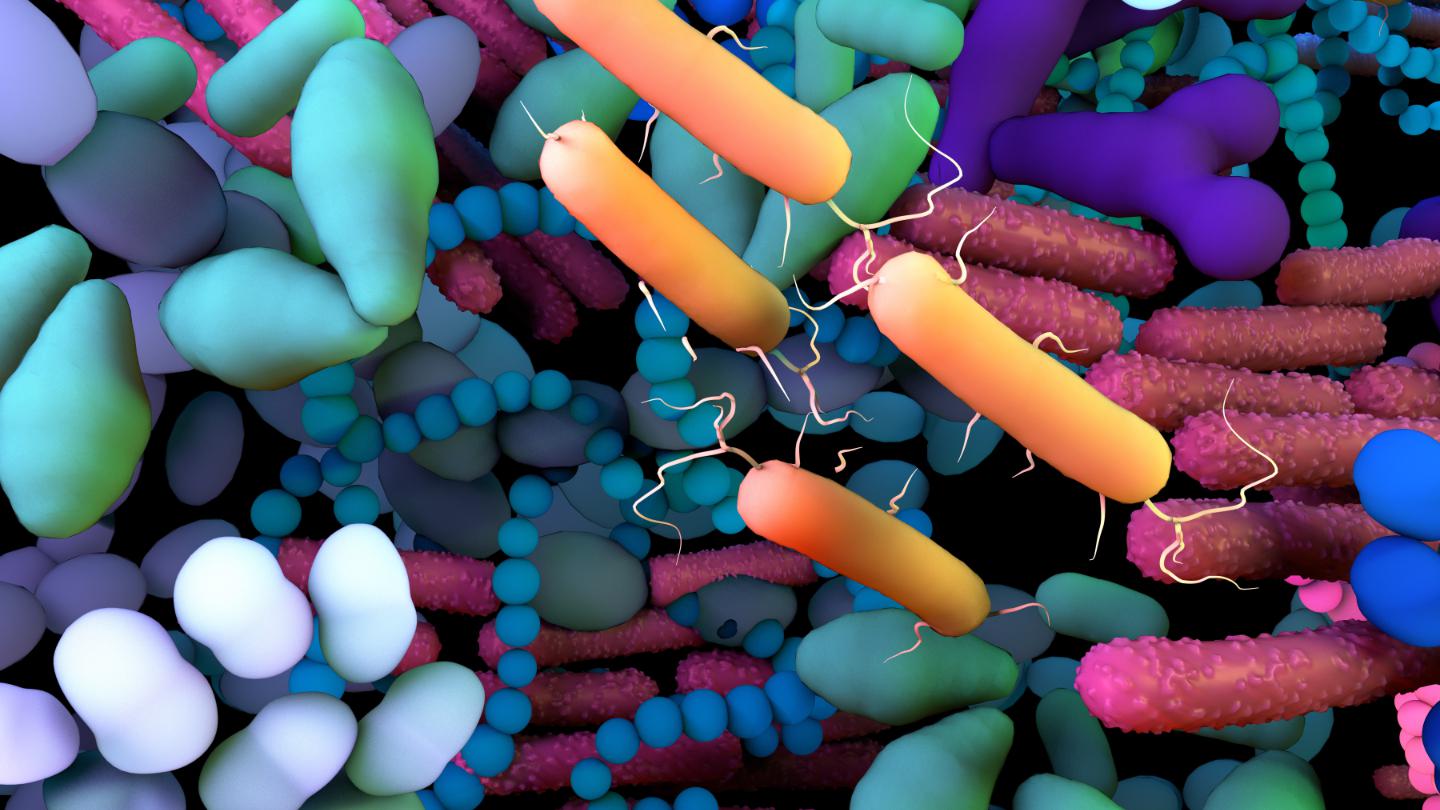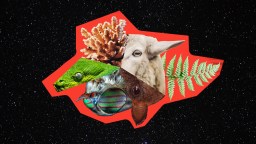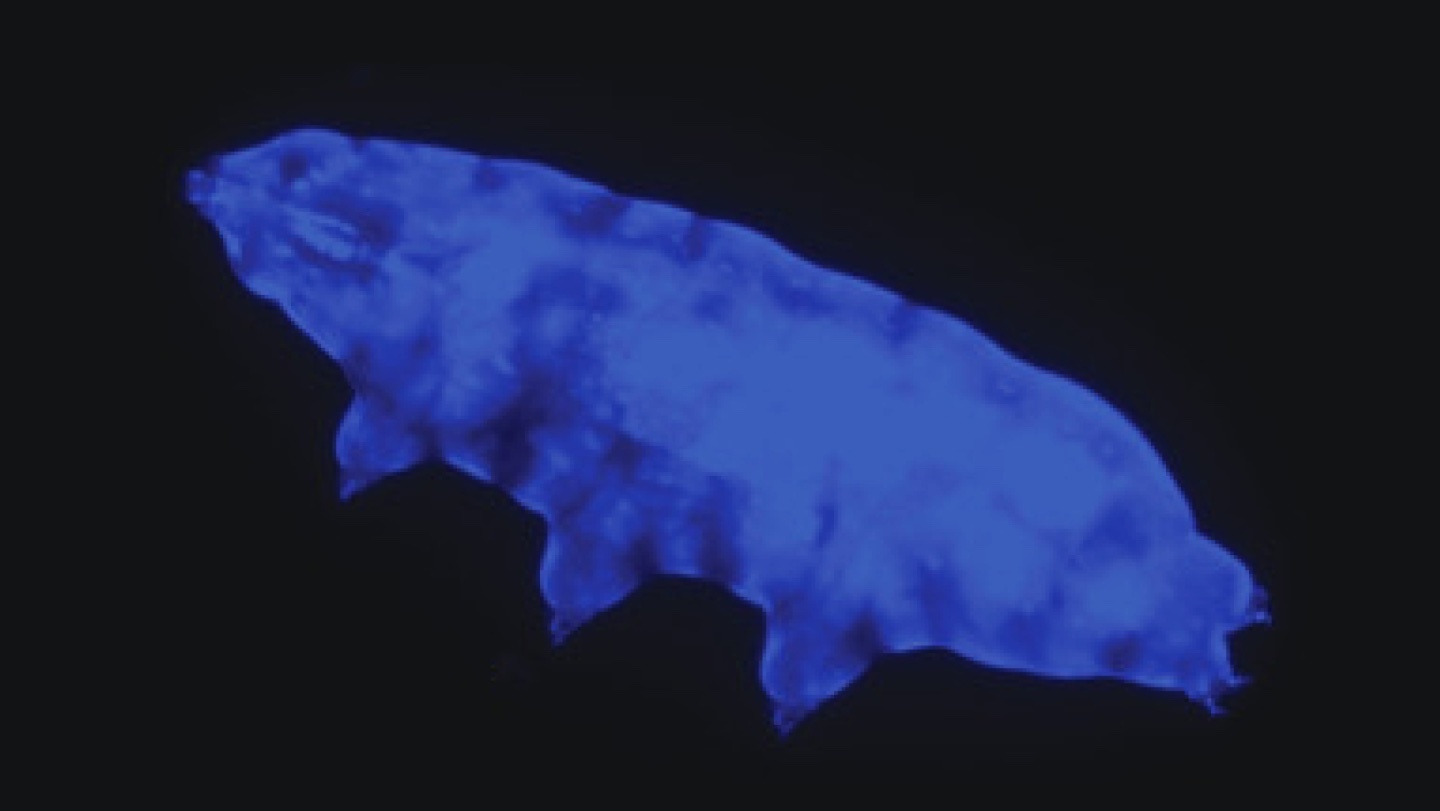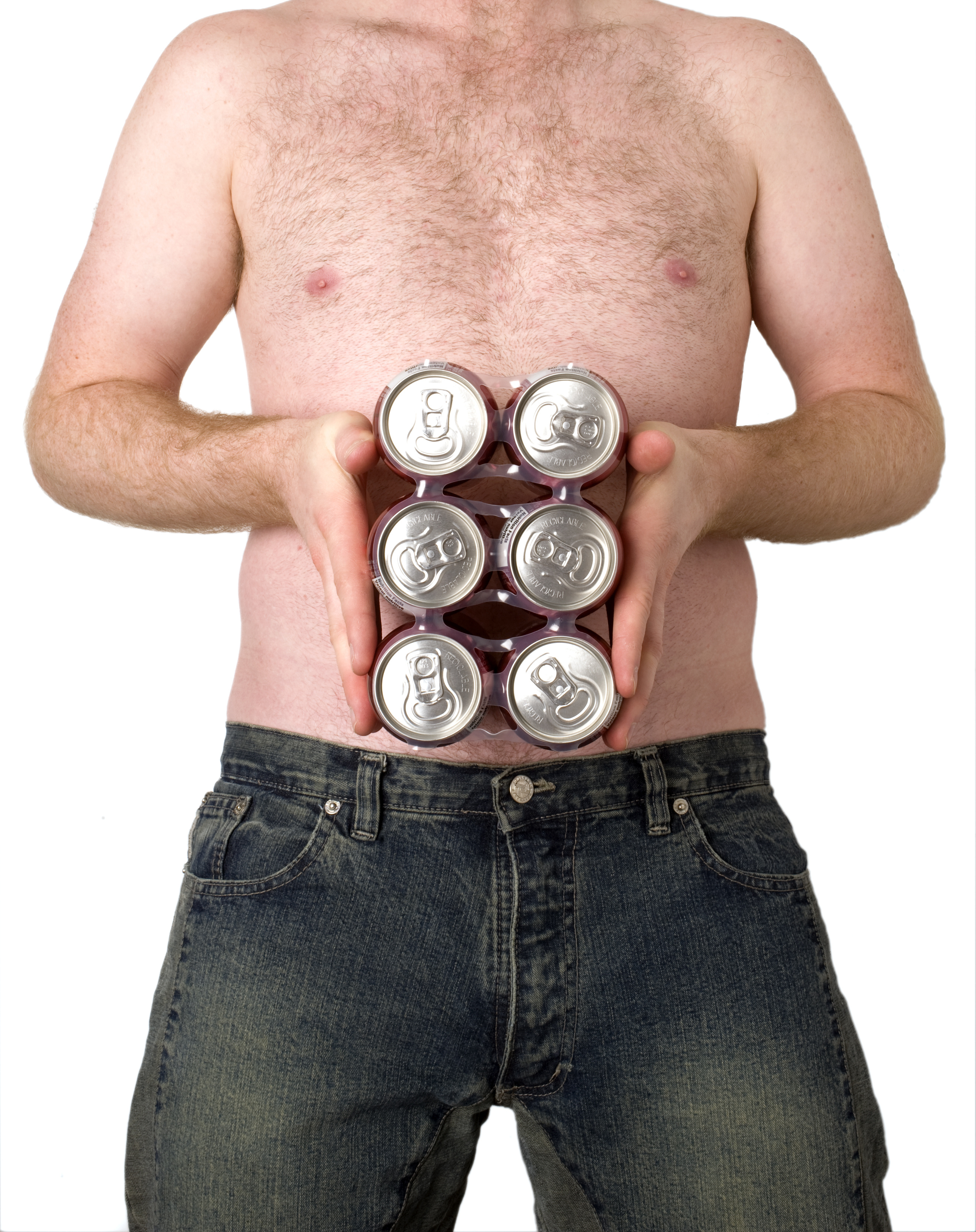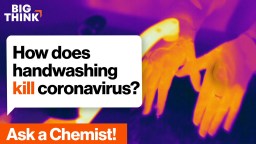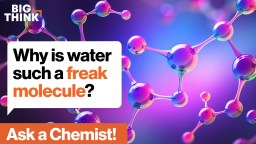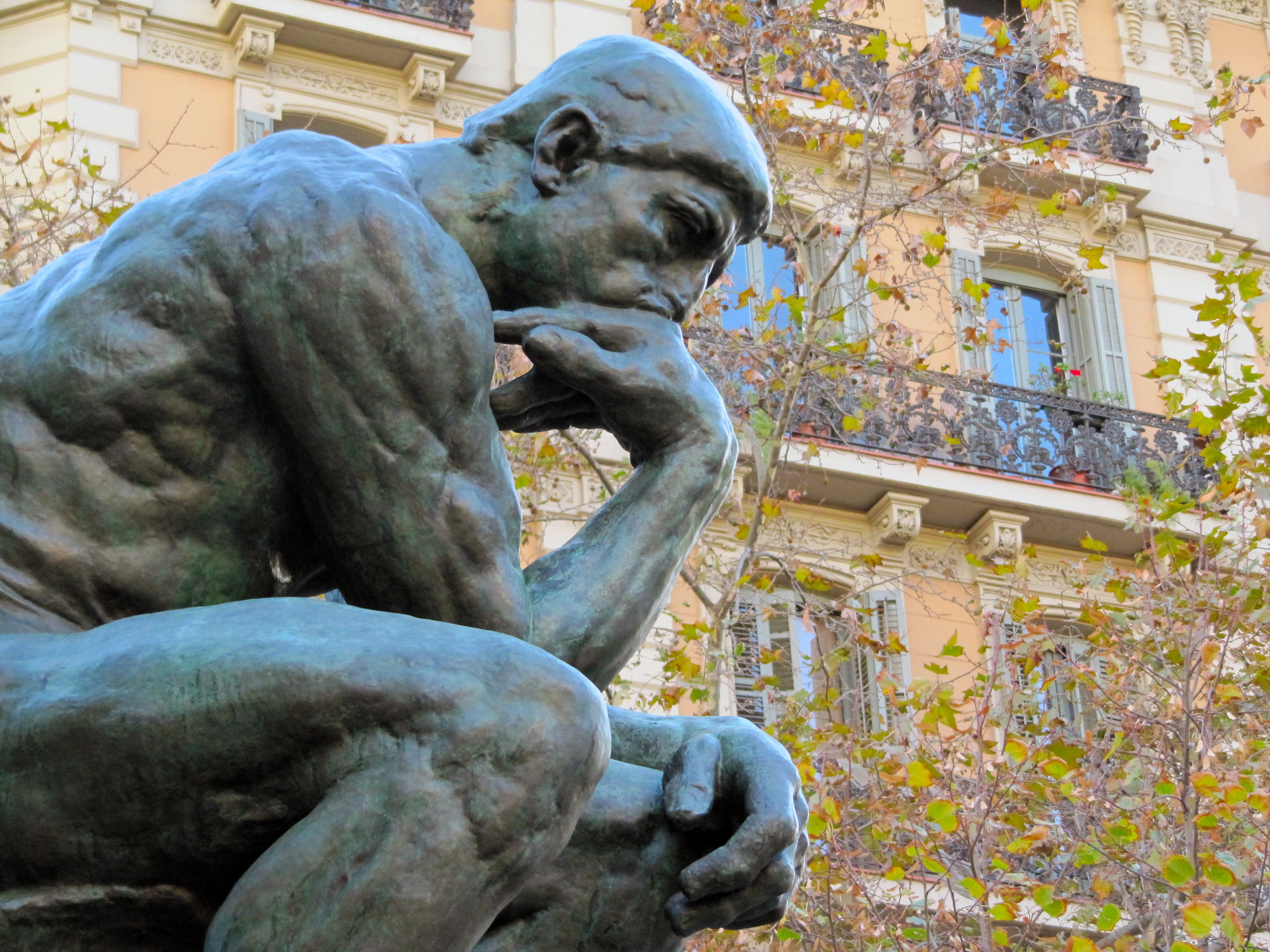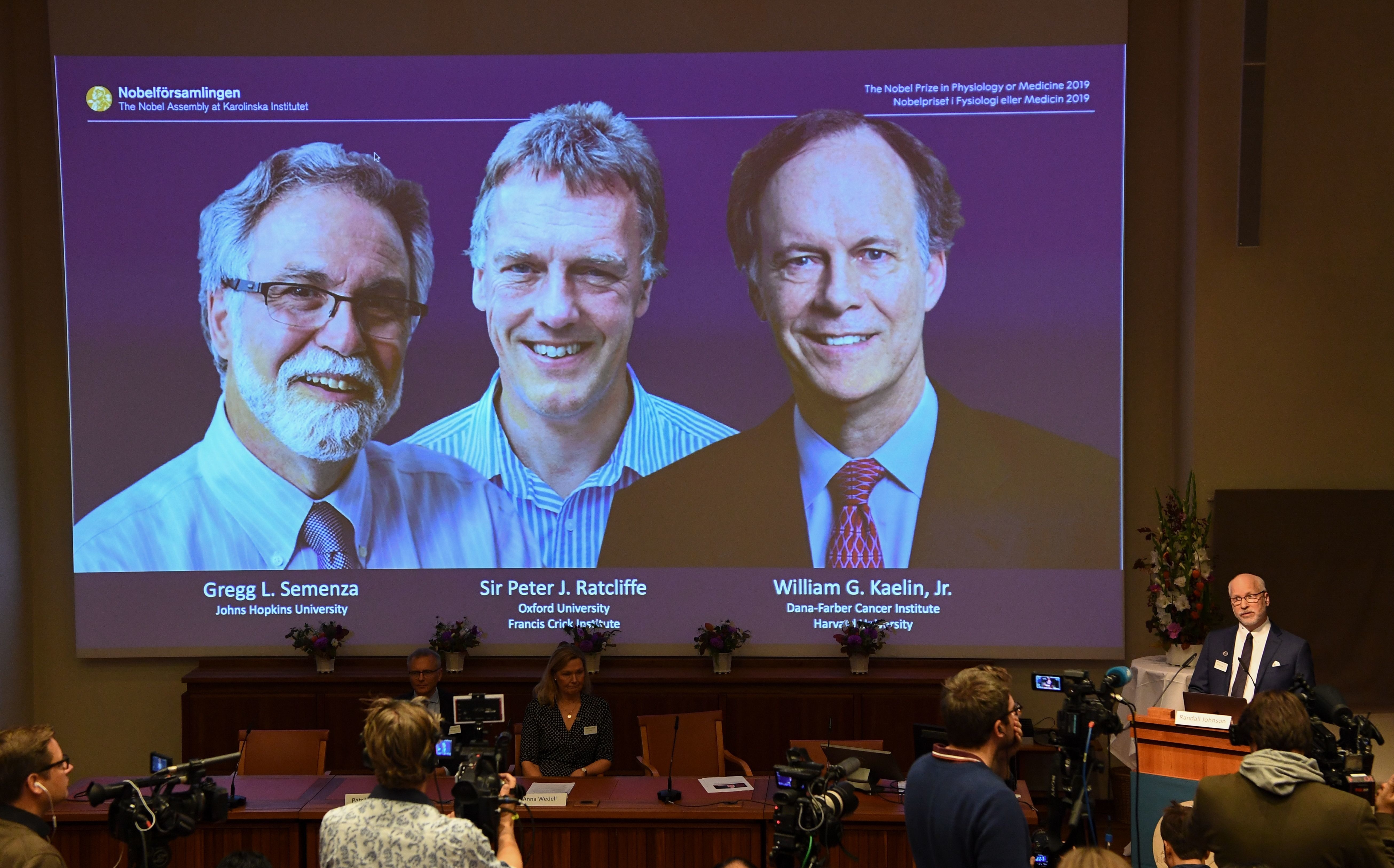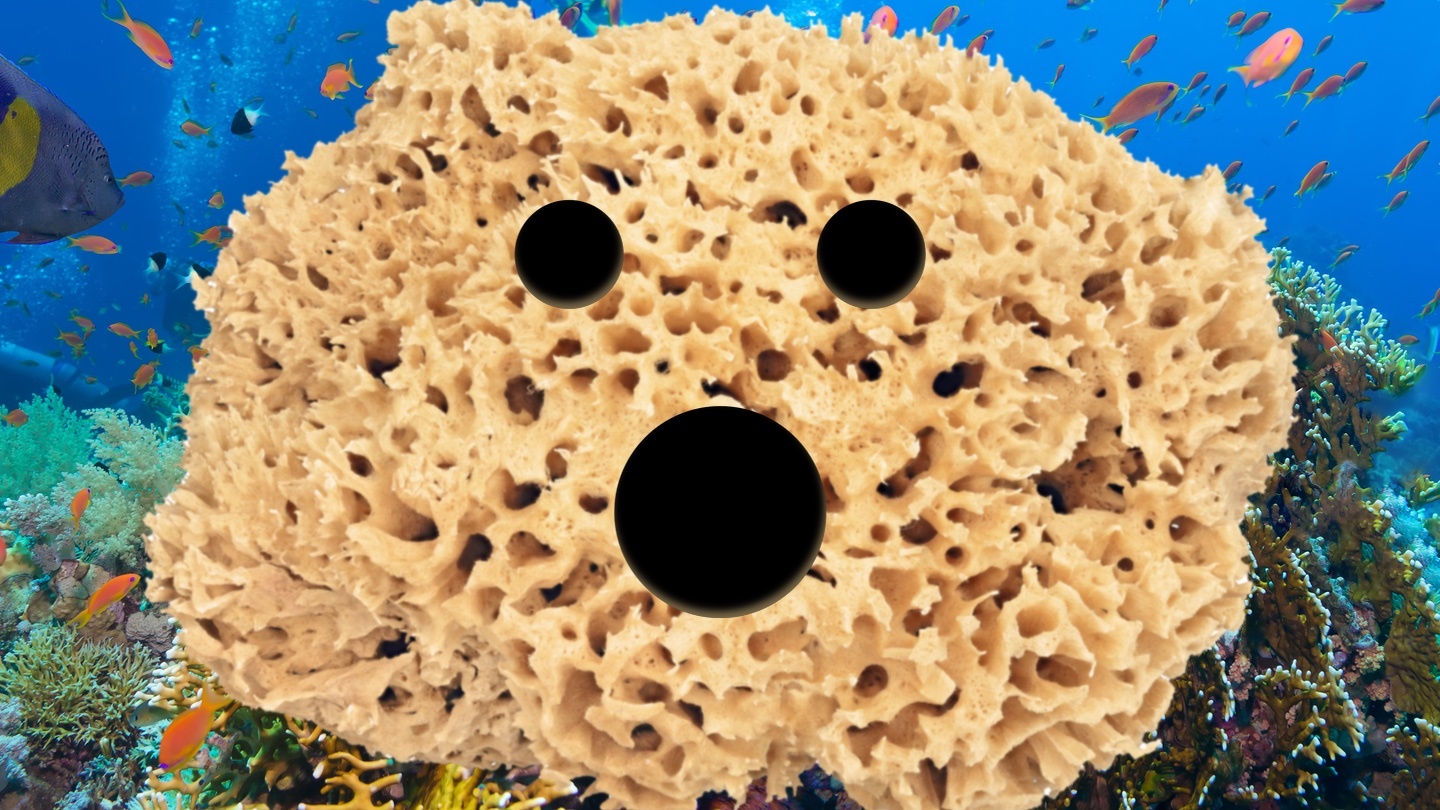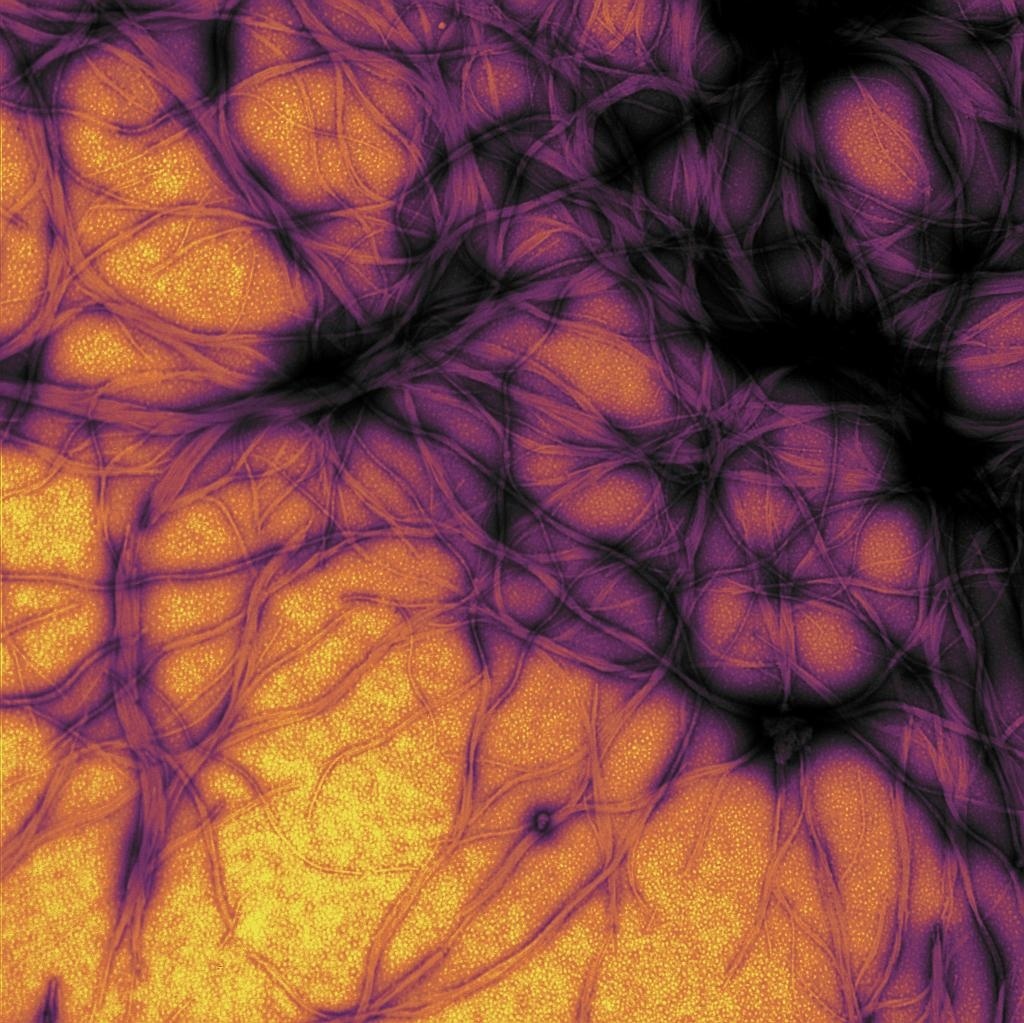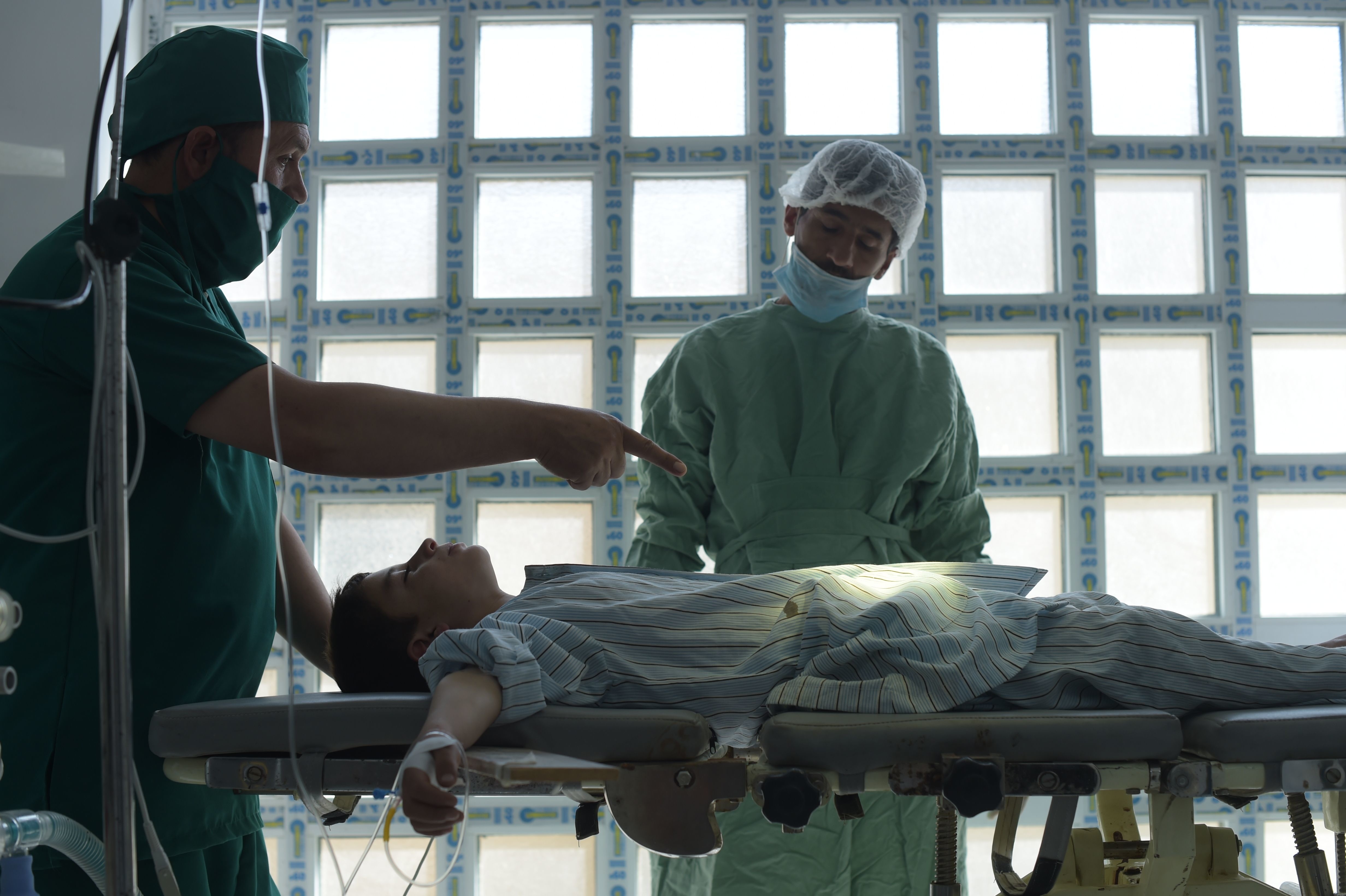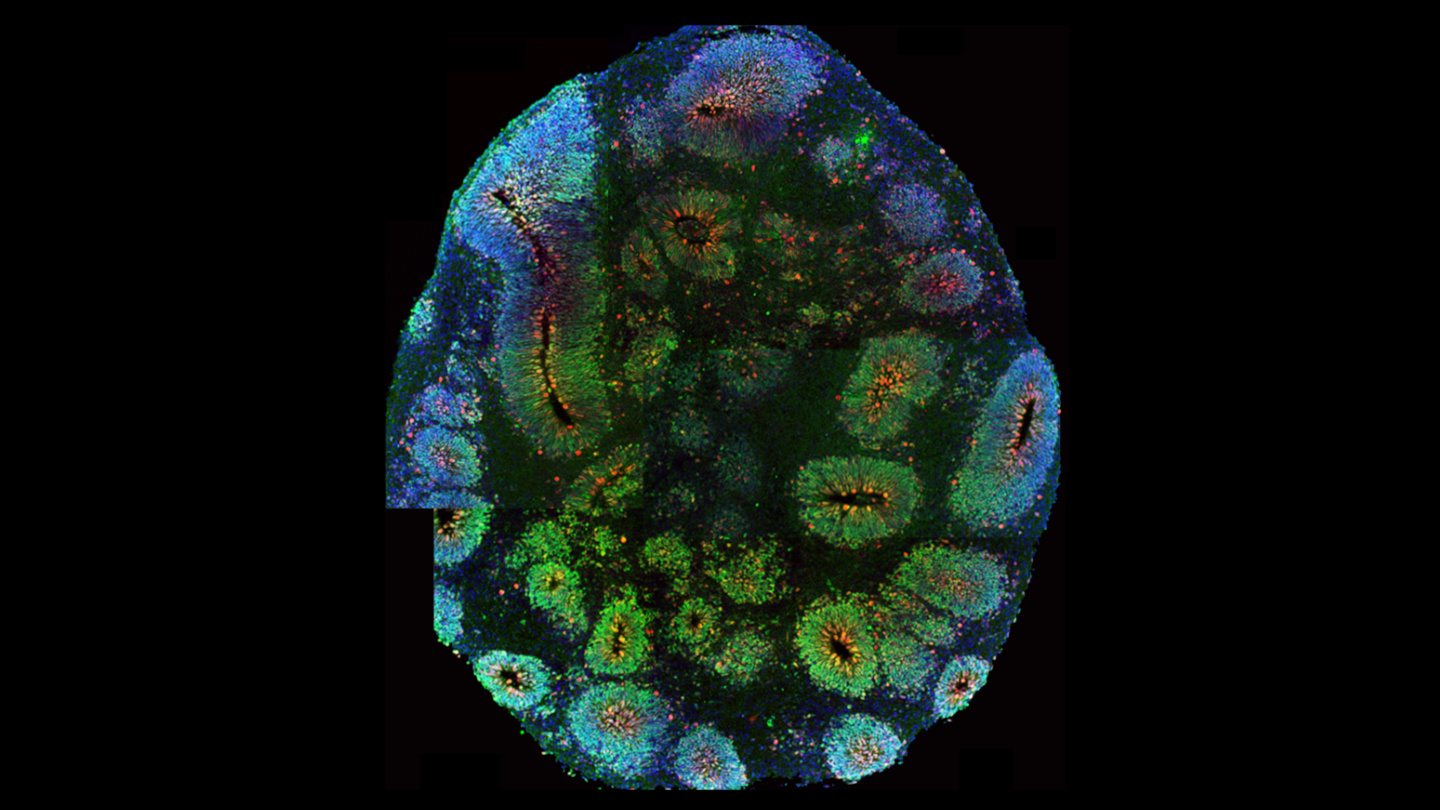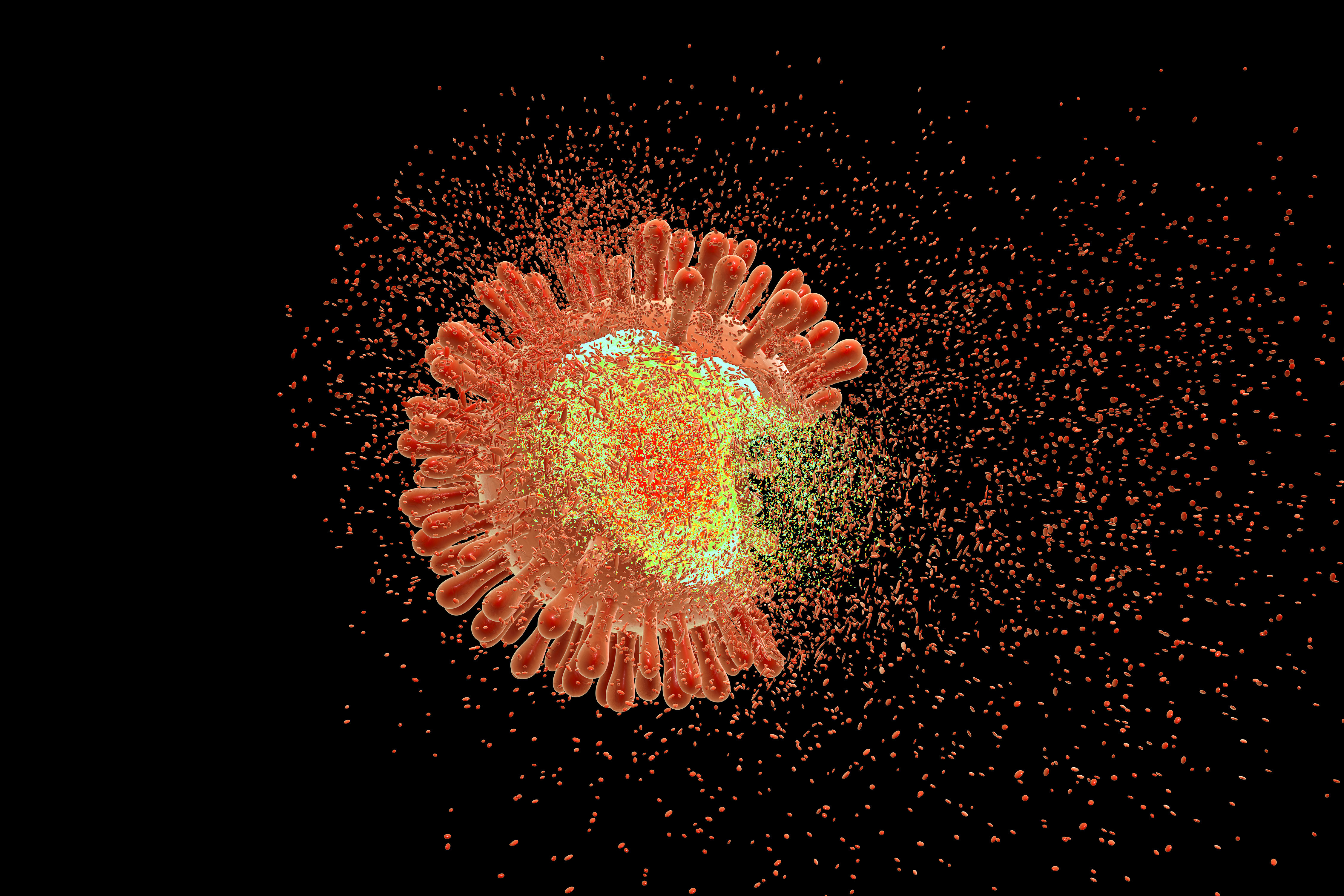microbiology
A new study looks at what happens when you get infected with two viruses at the same time.
The following is an excerpt from Viruses, Pandemics, and Immunity by Arup K. Chakraborty and Andrey S. Shaw. Reprinted with Permission from The MIT PRESS. Copyright 2021. Koch’s Postulates, Anthrax, […]
How do these little beasties detect light anyway?
A new study suggests that maintaining gut health to avoid diabetes may be little simpler than previously believed.
The search for alien life is far too human-centric. Our flawed understanding of what life really is may be holding us back from important discoveries about the universe and ourselves.
▸
6 min
—
with
Another amazing tardigrade survival skill is discovered.
The microbes that eventually produced the planet’s oxygen had to breathe something, after all.
German researchers have just solved the mystery of how these substances work.
The human body is endlessly fascinating.
The physical action of handwashing plus the properties of soap is a one-two punch for the virus.
▸
1 min
—
with
Dr. Kate Biberdorf explains why boiling water makes it safer and how water molecules are unusual and cool.
▸
3 min
—
with
Men take longer to clear COVID-19 from their systems; a male-only coronavirus repository may be why.
The smart toilet can analyze urine and stool samples for disease markers and can even recognize an individual user’s “analprint”.
Study shows ripples across a newly fertilized egg are similar to ocean and atmospheric circulations.
The National Institutes of Health hopes synthetic biology can engineer vaccines that outperform nature.
The origin and phylogeny of the Yaravirus are not yet clear.
A new hypothesis suggests that you can “catch” noncommunicable diseases from other people via the microbiome.
A Mars Space Flight team member warns that people need to be prepared for what’s coming.
Spoiler: Microbiomes in space!
One of the scientists with the Viking missions says yes.
Three scientist friends, working separately, share the prestigious prize.
Some scientists think there may be a hidden, second form of life living right under our noses.
A new report sees a major disruption in where we get our food.
Two Apollo 11 astronauts question NASA’s planetary safety procedures.
Meet Deinococcus radioduranst, the world’s toughest bacteria.
Stems cells have always been pretty amazing.
How can a misfolded protein be behind some of the strangest and deadliest diseases out there?
Doctors may be able to painlessly reshape cartilage with the technique.
Using a new process, a mini-brain develops retinal cells.
Recently, “the London patient” became the second person in history to be cured of HIV. Now, “the Düsseldorf patient” appears to be the third, with the possibility of more on the way.



